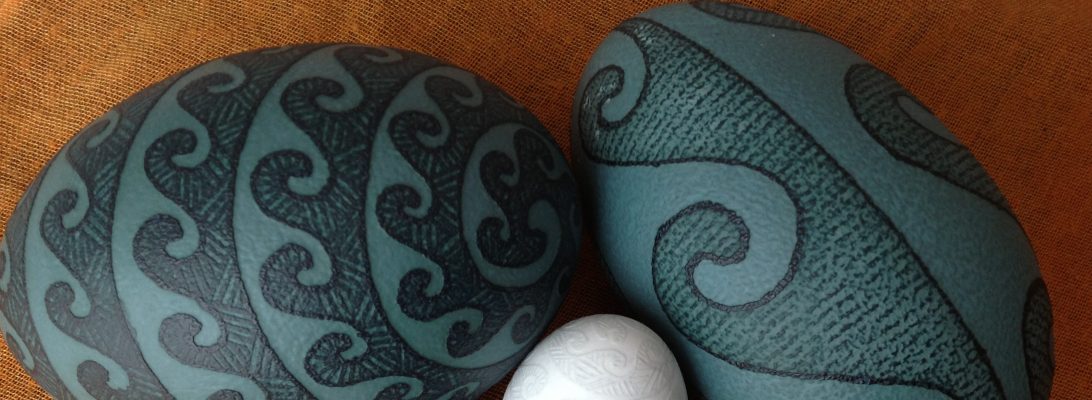Since I now live in EU, I could finally order brazil wood dye chips from Kremer (Germany), I guess they only have a license to sell it within EU, last year when I tried to order it to ship to Canada, they wouldn’t. So now I have it.
Why is it so important? Well, brazil wood is the only natural red dye of the ones mentioned in all of the late 19th century ethnographic sources (about the eggs) that is currently commercially available (though the availability is limited). The other red dye source mentioned is the local Porphyrophora polonica, the so-called “Polish cochineal,” or less misleadingly “Polish carmine scale insect,” or colloquially “St.John’s blood”. In Ukrainian (and similarly in several other Slavic languages) the name of the insect is chervets’ (червець), and it is related to both, the names for the color red (and sometimes the name for beautiful things), and the name of the month of June, when the insects would be harvested for the dye. But more about that on some other occasion. I could not locate a place in the world where this dye source could be purchased, and it is not clear whether it is currently used for dyeing anywhere, rather than being replaced by the Mexican cochineal.
So, the brazilwood. I have used its “older” cousin sappan wood (sometimes referred to as Eastern brazilwood), and maybe I’ll write more about it on some other occasion (in fact I might have written about it a while before), so I went for a very simple recipe more or less analogous to the proportions of chips to water I would have used with sappan wood, though it’s not very easy to properly estimate, since this brazilwood is very finely chopped, almost to the powder, so I would assume it should release more dye than the thicker chips. This is what I ended up using:
50g brazilwood, 500 ml water. Soaked overnight. Simmered for 15 min, added alum.
And this is what I got, left on white egg, right over the yellow (apple wood chips).

This is not the intensity of color I’m looking for, but the tone is right. I think I just have to make the dye bath 3-4 times more concentrated, and potentially explore some other things to add (like hardening the water). So, experiments to be continued.
Both eggs are from Kulzhynkyy’s catalogue, the left one is “the barrel with a man” XIV-15, Nemyriv area, Podillya , the right one is “swallow tails” XII-9, village Blahodatna, used to be Kherson governorate, currently between Mykolayiv and Kherson. I’m torn to whether finish them with these colors or to make a stronger brazilwood dye and dip them again. The right one is pretty much done, just need to remove the wax. The left one was still supposed to have the black background over the red, I might continue as is with brazilwood with iron and see what I get. Maybe this would be a good sample, though not properly colored.
